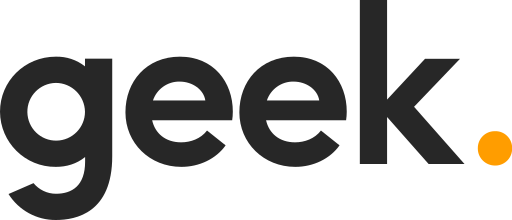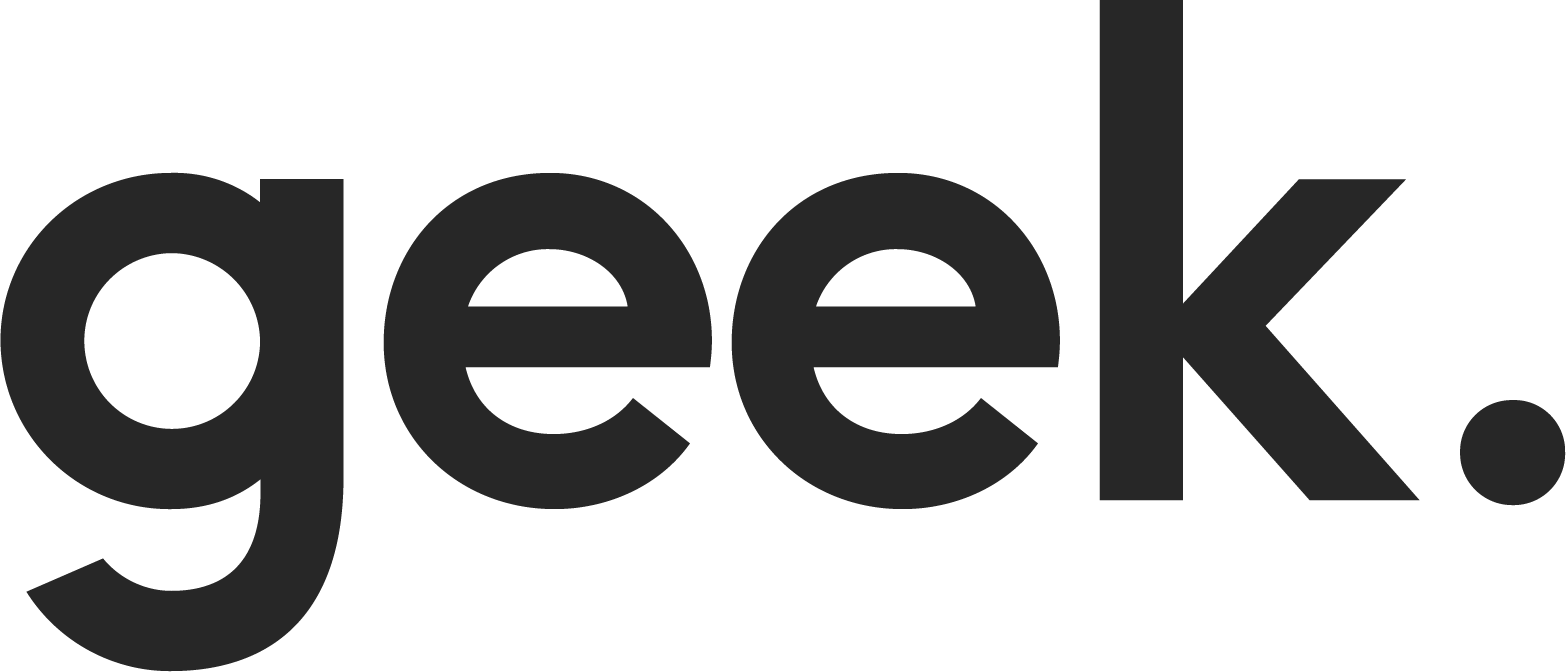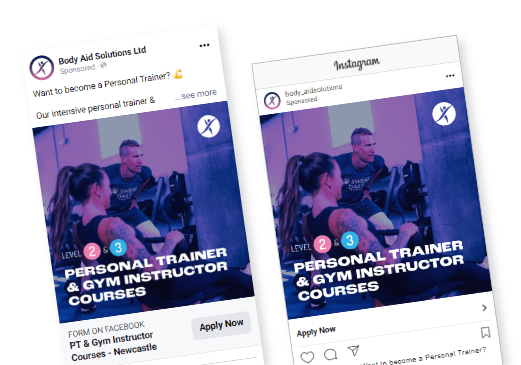
Paid Ads Management Services
Whether you’re in favour of organic marketing, you can’t escape Paid Advertising, as it is one of the most powerful tools in a marketer’s toolkit. Paid Ads allow you to reach a targeted audience and drive specific actions, such as website visits, or generate more brand awareness.
Paid Ads Management Services
in Peterborough
Whether you’re in favour of organic marketing, you can’t escape Paid Advertising, as it is one of the most powerful tools in a marketer’s toolkit. Paid Ads allow you to reach a targeted audience and drive specific actions, such as website visits, or generate more brand awareness.
Are you in need of a paid ads expert? Download our guide on Paid Ads.
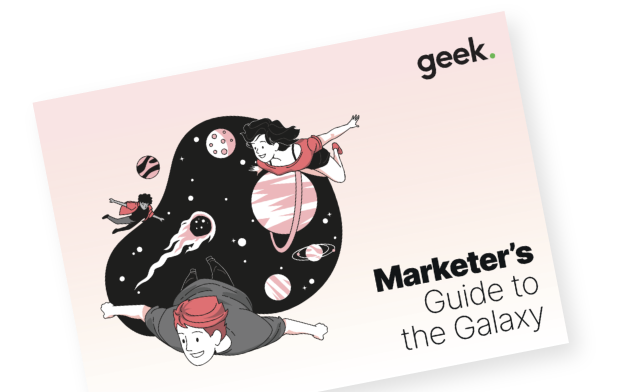
Search Ads
Search campaigns allow you to place ads across Google’s and Microsoft’s vast network of search results, bypassing organic search results to generate more awareness and reach those in the buying mindset.
Search Ads are perfect for businesses trying to be seen on Microsoft and Google’s algorithm outside their local area. For example, a company in Cambridge can cover and work with people in Lincoln. However, they don’t show up in Lincoln-based searches organically. Therefore, Search Ads allow the Cambridge-based business to target those in Lincoln via serving ads in that location.
Display Ads
Display Ads are ideal for building brand awareness and capturing your audience’s attention. While Google and Microsoft Search Ads can reach people while they search for specific goods or services, Display Ads can help you capture someone’s attention earlier in the buying cycle. You can put your ads in front of people before they start searching for what you offer, which can be essential for your overall advertising strategy.
For example, if your business sells binoculars, ideal for twitchers, you can target them through their interests to “follow” them around the web on sites where they hang out. So those who engage with “Bird Identification” sites would trigger the ad to be displayed.
Meta Ads (Facebook & Instagram)
Meta has evolved into a formidable force in growing your brand awareness and engagement through ads. Therefore, if you are a business that wants to interpret your audience’s feed with your service or product, Meta Ads give you the perfect opportunity to do just that.
For example, let’s say your business is a gym. Through your research, you have learnt your niche audience is women aged 25 to 45 based in Cambridgeshire. Therefore, you will target your ads to female users, either on Facebook or Instagram, based in Peterborough and Cambridgeshire. Through the algorithm learning what your ad is and through precise targeting, your ad will reach your desired audience. They will react to your ads’ call for action — whether this is to drive traffic to your website or engage with a product or service.
Shopping Ads
Shopping Ads are perfect for online merchants wanting to promote their inventory. Today’s shoppers are tapping into an ever-growing number of places online to find what they need. So here at Geek, we help vendors by helping them maximise their reach and meet more customers wherever they shop.
Shopping Ads allow merchants to display crucial information such as price, rating, condition and return policy to entice the user to your product as quickly as possible.
LinkedIn Ads
LinkedIn is the dominant social media platform for people that are in a professional or a business mindset. It offers the perfect opportunity to target a business audience and your target demographic within that business audience, such as business owners or apprentices. With LinkedIn, you’re pushing a message. Whereas, with Google and Microsoft, you’re pulling the consumer in. They can be a deadly duo when used in conjunction with one another. Discover more about multi-touchpoint marketing in our blog. LinkedIn offers Sniper Rifle-type targeting for audiences you’re purchasing for visibility to your niche audience.
Plus, with LinkedIn being owned by Microsoft, we can utilise LinkedIn
profile information to target highly relevant audiences to serve Search Ads and Shopping campaigns to customers based on their company, job
function and industry.
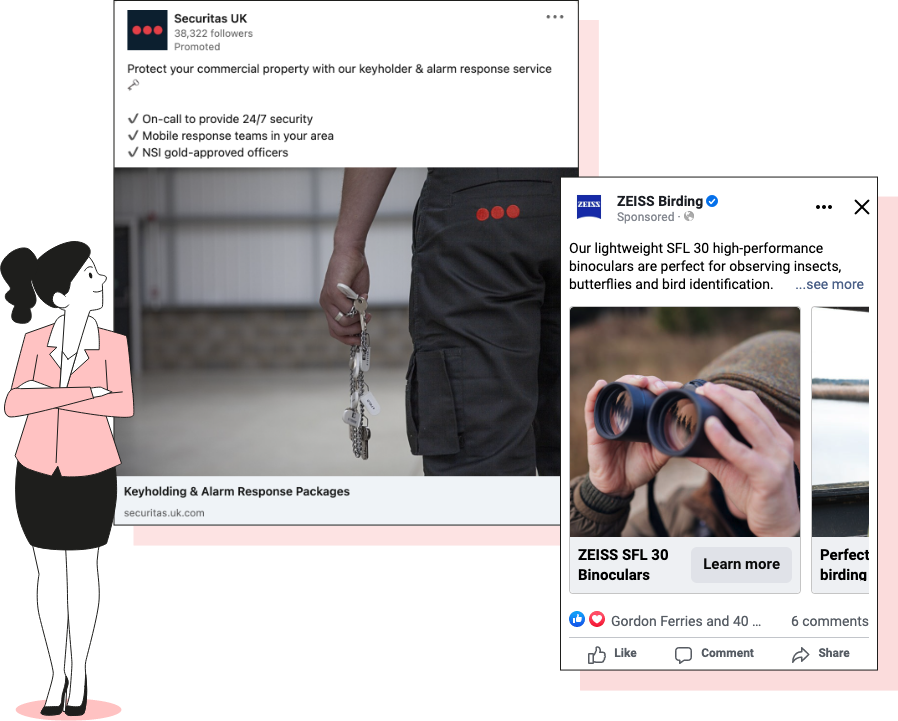
To get a better understanding of digital marketing, download our free pdf document.
Challenges of Paid Ads
Tracking Effectiveness
Tracking paid advertising campaigns’ effectiveness can be challenging, especially if you need proper tracking tools and techniques. We all know that the digital sphere is constantly growing, which means ‘cookies’, the little snippets of data that allow websites and clients to see your preferences and remember your actions, which are being retired due to growing concerns about user privacy.
Ad Fatigue
If you run the same ad for an extended period, it can become less effective due to “ad fatigue,” where the audience becomes desensitised to the ad. However, larger companies have become known for one effective advert that can work there and play into their brand — so the challenge is to find the balance; this can be done by tinkering with effective ads, a slight word change, or replacing the image.
Costs
Paid advertising can be expensive, primarily if you target a highly competitive market or use a popular platform like Google and Microsoft Ads. The seasonality of Ads and how it affects the cost is worth noting. For example, for a gym to advertise in January could cost more as more gyms will be bidding on keywords as it is prime to target their audience in January rather than September.
Ad Blockers
Some users may have ad blockers enabled, which can prevent your ads from being seen by those users. To avoid the pitfalls of ad blockers, you need to focus on multi-touch points with your advertisement and a drive for creativity within your advertising.
Learn More

The Buyer’s Journey & the Journey to ROI
You may have noticed we highlight the phrase ‘multi-touch points’. Using the technique of multi-touch is ideal for optimising your campaign’s efforts. So, what do we mean by multi-touch?
A multi-touchpoint within Paid Ads refers to tracking and analysing a user’s interactions with your brand across multiple touchpoints, such as search ads, display ads, video ads, and more.
The touchpoints your potential takes is the buyer’s journey: a user may first see a display ad for your product on a website, then click on a
search ad for your product within a search engine, and finally, convert by purchasing your product on your website. By tracking this user’s interactions across multiple touchpoints, you can better understand their journey and how different ads impact their behaviour. The ability to see how your target audience interacts with you provides tremendous insight into how your potential customers interact with your campaigns and where best to place your ad spend due to understanding the buyer’s journey, which ultimately increases ROI on ad spend.
Glossary
Meta Ads
LinkedIn Ads
Display Ads
Search Ads
eCommerce
These guys are amazing!!!! Completely got the exact style and branding we were looking for, they created our logo and designed our website. Nothing was too much trouble. Cant wait to work with them again
Laura
Weddings Inc
FAQs
What kind of targeting options are available for Shopping Ads?
There are several targeting options available for Shopping Ads, including:
- Location targeting: This allows advertisers to target users in specific geographic locations, such as states or cities.
- Device targeting: This allows advertisers to target users on specific devices, such as desktops, laptops, or mobile devices.
- Custom intent targeting: This allows advertisers to target users based on their search history and other online behaviours.
- Demographic targeting: This allows advertisers to target users based on their age, gender, income, and other demographic factors.
To optimise your product feed for better ad performance, you can try the following strategies:
- Use high-quality product images that accurately represent your products.
- Include detailed and accurate product descriptions that highlight the unique features and benefits of your products.
- Use relevant and specific product titles that include keywords users are likely to search for.
- Ensure that all product information is complete and up-to-date.
- Use product reviews and ratings to build trust with potential customers.
What bidding strategies should we use to maximise our return on investment?
To maximise return on investment for Shopping Ads, there are several bidding strategies to consider. One option is to use automated bidding, which uses machine learning algorithms to adjust bids in real-time based on factors like user intent and competition. Another option is to use manual bidding, which allows advertisers to set their own bids based on their desired return on investment. A third option is to use a combination of these two strategies, in which automated bidding is used to optimise bids for certain products or categories, while manual bidding is used for others.
